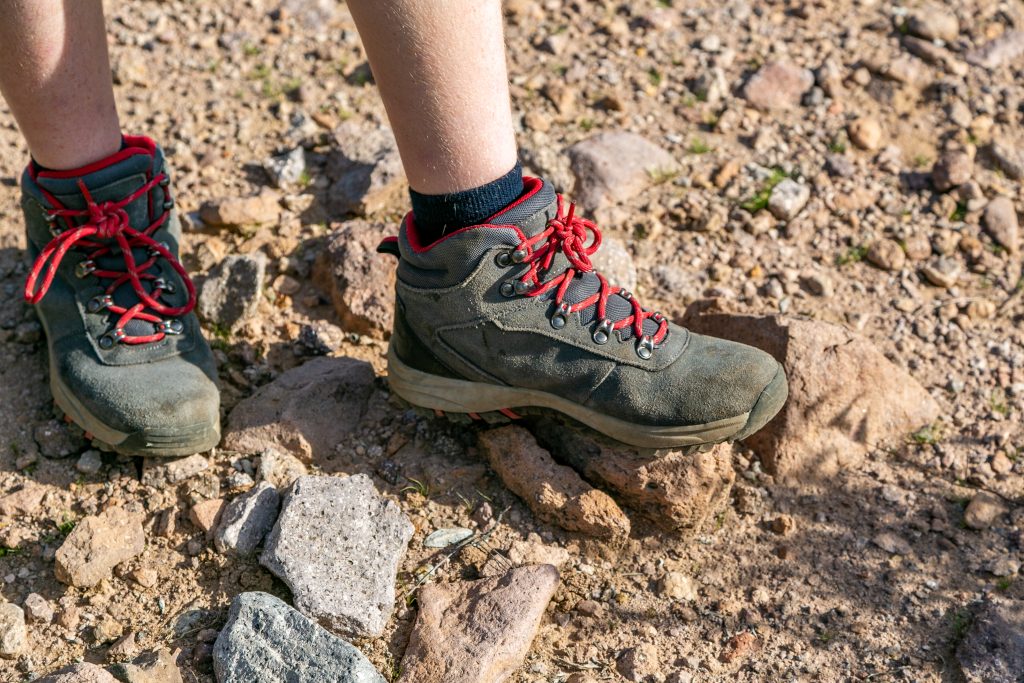Disadvantages of Safety Shoes: Unveiling the Hidden Aspects
Disadvantages of Safety Shoes: Safety shoes are undeniably crucial in various workplaces, providing protection to the feet and ensuring the safety of the workforce. However, it is essential to acknowledge that even these essential safety gears come with their set of disadvantages. Understanding these drawbacks can help both employers and employees make informed decisions. Let’s explore the disadvantages of safety shoes in detail.

Disadvantages of Safety Shoes
1. Discomfort and Lack of Fit
One of the significant complaints regarding safety shoes is discomfort. Ill-fitted shoes can cause blisters, calluses, and, in severe cases, chronic foot conditions. Often, employees find it challenging to break into new safety shoes, leading to prolonged discomfort during work hours.
2. Limited Style Options
Unlike regular shoes, safety shoes have limited style variations. Employees might feel restricted in expressing their individuality, which can affect morale. The lack of fashionable choices might lead to dissatisfaction, impacting the overall work atmosphere.
3. Durability Issues
While safety shoes are designed to be durable, they do wear out over time. Constant exposure to harsh environments can lead to the degradation of materials, affecting both safety and comfort. Regular replacement becomes necessary, adding to the overall cost.
4. Maintenance Challenges
Maintaining safety shoes, especially in industrial settings, can be challenging. Dust, chemicals, and other substances can damage the shoes, requiring regular cleaning. Improper maintenance can reduce the lifespan of safety shoes considerably.
5. Cost Factor
Quality safety shoes come at a price. For businesses, especially small ones, investing in safety shoes for every employee can strain the budget. Balancing the need for safety with financial constraints becomes a significant challenge.
6. Potential Health Concerns
Wearing safety shoes for extended periods can lead to foot-related health issues such as plantar fasciitis or Achilles tendonitis. Prolonged usage might also affect posture, causing back problems. Employees need to be aware of these potential health concerns.
Considering these disadvantages, it’s essential for both employers and employees to find a middle ground. Ensuring the right fit, providing options for customization, and investing in high-quality, comfortable safety shoes can mitigate some of these issues.
Conclusion
While safety shoes are indispensable in many workplaces, acknowledging their disadvantages is equally important. Addressing these concerns through proper selection, training, and maintenance can lead to a safer and more comfortable work environment for everyone involved.
FAQs
Are safety shoes necessary for all workplaces?
Yes, safety shoes are essential in workplaces where there is a risk of foot injuries due to falling objects, sharp materials, or electrical hazards.
How often should safety shoes be replaced?
Safety shoes should be replaced every 6 to 12 months, depending on the level of wear and tear and the workplace conditions.
Can safety shoes prevent all workplace injuries?
While safety shoes significantly reduce the risk of foot injuries, they cannot prevent all accidents. Employees should still be cautious and aware of their surroundings.
What should one do if safety shoes cause discomfort?
Employees experiencing discomfort should communicate their issues to their employer. It might be necessary to invest in custom-fitted safety shoes or insoles.
Are there any eco-friendly options for safety shoes?
Yes, there are eco-friendly safety shoe options made from sustainable materials. These options help reduce the environmental impact of manufacturing safety shoes.




Leave a comment